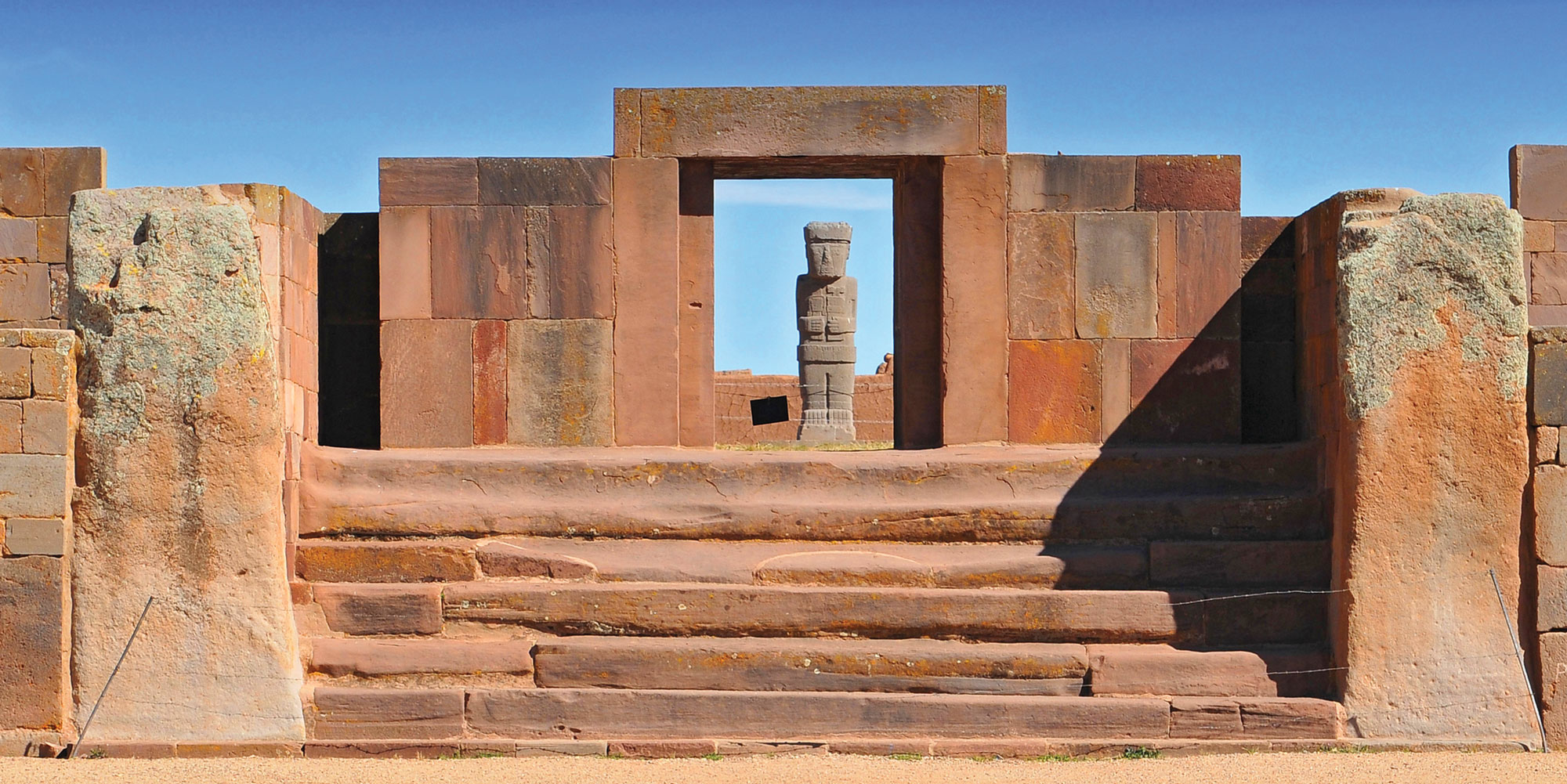COPENHAGEN, DENMARK—According to a Live Science report, traces of a 1,600-year-old Roman prison have been identified in Corinth, Greece. Matthew Larsen of the University of Copenhagen made the identification through an examination of the site and a review of records of an excavation conducted there in 1901. Larsen said that graffiti on the floor of the site offered clues to its use, since there is scant evidence of what a Roman prison may have looked like, or where it would have been located within a city. He noted that the graffiti at this location was written within cracks in the flooring, indicating that the materials had not been relocated from another site. The inscriptions sometimes asked for vengeance, and sometimes contained pleas, such as “may the fortune of those who suffer in this lawless place prevail. Lord, do not show mercy on the one who threw us in here.” Descriptive texts suggested that the space was dark and cold, he added. Larsen also said game boards had been drawn on the floor, and that jugs and lamps were recovered from one side of the site. A small latrine had been dug in one of the chambers. To read about an architectural study of the Temple of Apollo at Corinth, go to "Rise of the Greek Crane."
Possible Roman Prison Identified in Ancient Greek City
News August 14, 2024
Recommended Articles
Digs & Discoveries January/February 2023
A Young Hercules

Features January/February 2026
The Cost of Doing Business
Piecing together the Roman empire’s longest known inscription—a peculiarly precise inventory of prices

Digs & Discoveries September/October 2025
A Day at the Hunt

Digs & Discoveries September/October 2025
Good Night, Sweet Prince

-
Features July/August 2024
The Assyrian Renaissance
Archaeologists return to Nineveh in northern Iraq, one of the ancient world’s grandest imperial capitals
 (Land of Nineveh Archaeological Project)
(Land of Nineveh Archaeological Project) -
Features July/August 2024
A Dynasty Born in Fire
How an upstart Maya king forged a new social order amid chaos
 (Courtesy Proyecto Arqueológico Ucanal)
(Courtesy Proyecto Arqueológico Ucanal) -
Features July/August 2024
Making a Roman Emperor
A newly discovered monumental arch in Serbia reveals a family’s rise to power in the late second century a.d.
 (Serbia’s Institute of Archaeology)
(Serbia’s Institute of Archaeology) -
Features July/August 2024
Rise and Fall of Tiwanaku
New dating techniques are unraveling the mystery of a sacred Andean city



